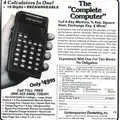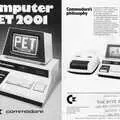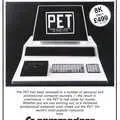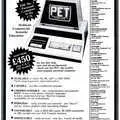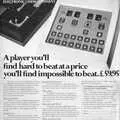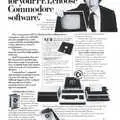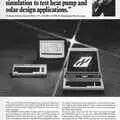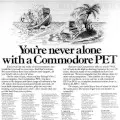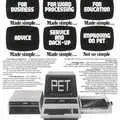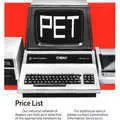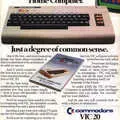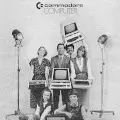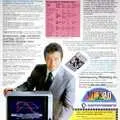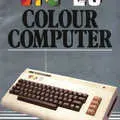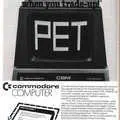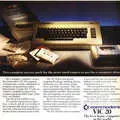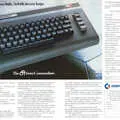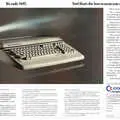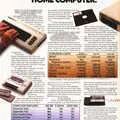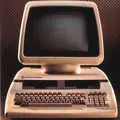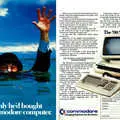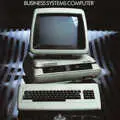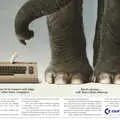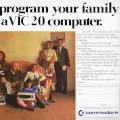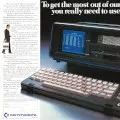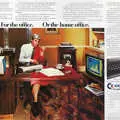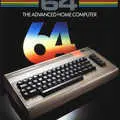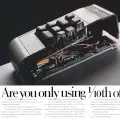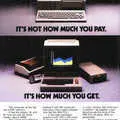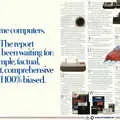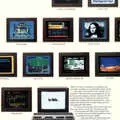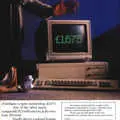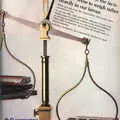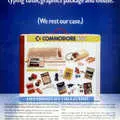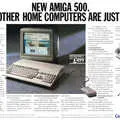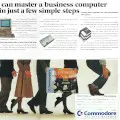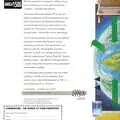
Commodore Advert - February 1982
From Personal Computer World
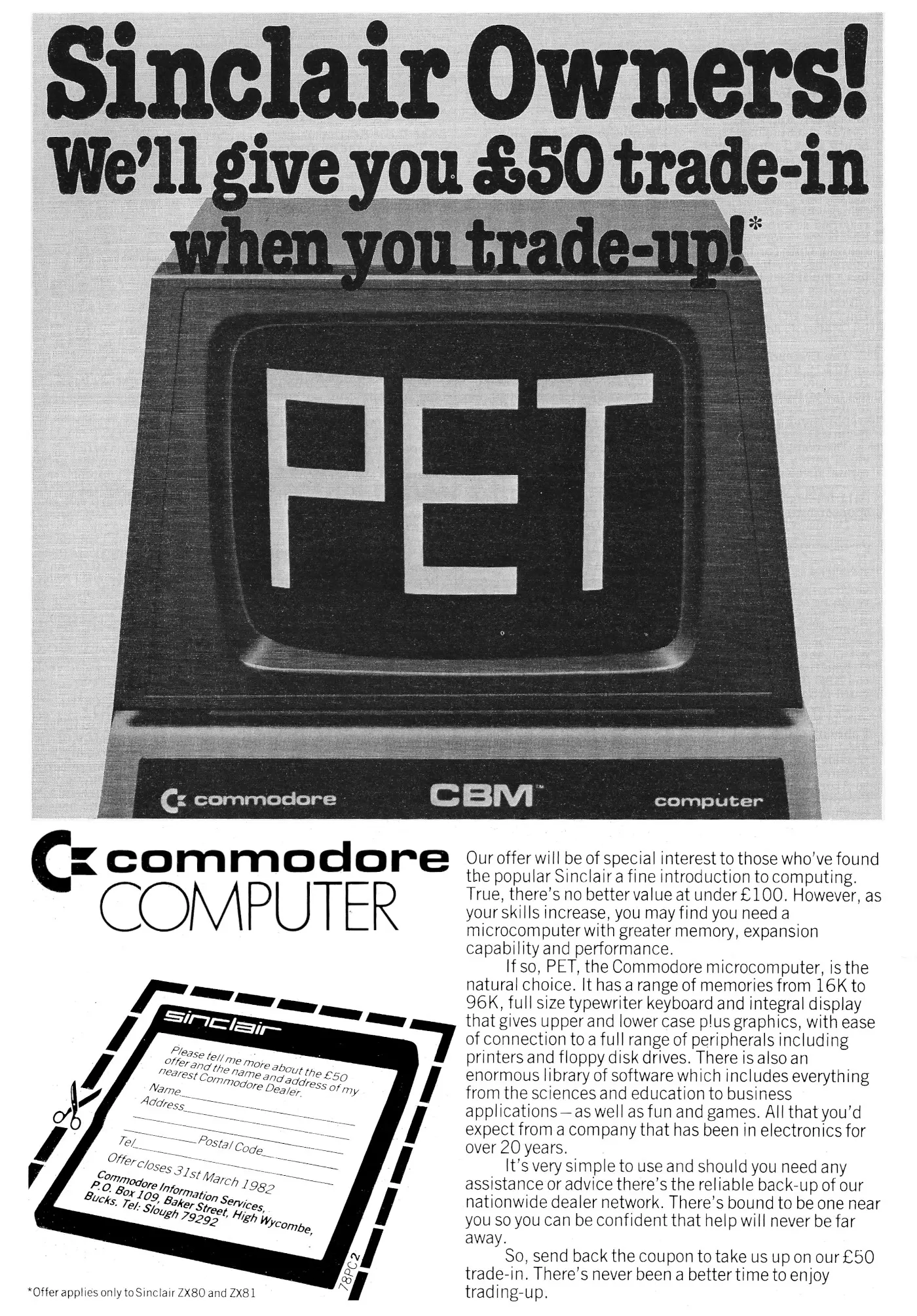
Sinclair Owners - We'll give you £50 trade-in when you trade-up!
This is a curious attempt from Commodore to woo users of the ZX80 and ZX81 - small, low-memory and purely home computers that plugged into the television and could by held in one hand - to switch to a Commodore PET, the large all-in-one machine that weighed 20 kilos and which was definitely not a toy.
In its favour though, a PET was nicer to use with its real keyboard and ample memory, and, unlike the ZX80, the screen didn't blank every time you typed something in.
Even so, it might have been thought that Commodore would have tried to entice ZX owners on to the VIC-20, launched in the UK only a few months before and which would have been a much more obvious progression, but no.
Oh, and the price: under £100 (£470 in 2025) for a ZX81 and around £450 (£2,150) for a PET, after trade-in.
Commodore was apparently not sure what it was going to do with any Sinclair computers that were actually sent in, although the company's Keith Hall suggested that the company would donate them all to charity as long as:
"we obtain a reasonable number of machines in satisfactory condition".
Meanwhile, Sinclair seemed a bit non-plussed, with Clive Sinclair stating that whilst Commodore's scheme was "flattering", it wouldn't do Sinclair any real harm as the two were not "in direct competition"[1].
A couple of months later, Commodore announced two new VIC machines at the Hannover Fair, the first of which was the re-named Ultimax computer, which was now known as the VIC-10.
Expected to launch in September 1982 and sell for a ZX81-targetting £100, the VIC-10 had only 2.5K memory on board, however it had a VIC-20-beating 40x25-character screen with a hi-res 320x200 mode as well as the same SID chip as would feature in the Commodore 64.
Commodore Computing International wasn't too impressed with its cut-down plug-in-cartridge BASIC, limited memory or its appearance, saying:
"The now familiar PET and VIC keyboards have been replaced by a membrane keyboard, and the machine has an overall 'plastic' appearance".
It was more positive about the machine's internal specification, with its hi-res graphics which included support for sprites. The best was reserved for the SID chip, which the magazine called "something of a revolution". It continued:
"You have control of three independent voices ... with a nine-octave range ... four waveforms, programmable envelope generator and programmable filters. The result of all this is that you can achieve some staggering musical results, with remarkable ease. Certainly no other "all-purpose" micro has attempted anything like this, on this sort of scale, before. Clive Sinclair's BEEP command pales into insignificance".
Along with the VIC-10 was expected to be the VIC-30 - previously known as the 2016 - which would have a full VIC-20-like keyboard, unlike the Ultimax's chiclet version, together with 16K RAM, a full BASIC operating system and a bunch of ports.
Expected to be launched in January 1983, the '30 had an estimated price of £250[2], or £1,190 in 2025.
As well as the two VIC machines, Commodore had also announced another machine: originally known as the 2064, it was renamed at launch to the Commodore 64.
Commodore Computing International actually considered it to be "a larger version of" and "much the same as" the VIC-10, although it fixed the budget machine's limitations by having 64K RAM, a resident 20K ROM BASIC, a proper keyboard and compatibility with VIC-20 peripherals. It was also compatible with the Ultimax/VIC-10's cartridges.
The magazine, in its hardware review of the VIC-10 and the C64, concluded of the latter machine that:
"If it comes out at the right time and at the right price, it has every prospect of being a very big seller indeed. But Commodore need to move fast: the market is beginning to catch up with them rapidly![3]".
The Commodore 64 ended up selling somewhere around 17 million units, making it the best-selling 8-bit computer of all time.
Date created: 01 July 2012
Last updated: 11 December 2025
Hint: use left and right cursor keys to navigate between adverts.
Sources
Text and otherwise-uncredited photos © nosher.net 2025. Dollar/GBP conversions, where used, assume $1.50 to £1. "Now" prices are calculated dynamically using average RPI per year.
